The Misadventures in My Backyard: Building an Aquaponics System
Growing up in a small town, I’ve always had a fascination with self-sufficiency. The kind of life where you grow your own veggies, raise your own fish, and joke about not needing the grocery store. So, when I first stumbled upon the idea of creating an aquaponics system, it felt like a calling. It was kitchen-table talk with my neighbors, a few too many cups of coffee deep, and someone casually mentioned, “You’ve got a yard—why not combine fish and veggies?”
That’s all it took. The next weekend, armed with an old notebook and more enthusiasm than sense, I dove headfirst into DIY aquaponics.
The Planning Stage—or the Madcap Sketching Phase
With sketchy ideas swirling in my head, I made a rough plan. I’d use an old 150-gallon fish tank I found in the shed—who knows how long it had been there, but in a pinch, it looked reliable enough. Some extra plywood was lying around, remnants from my last failed woodworking project, just waiting to be repurposed. I even dragged back a rusty old pump from the garage that my dad had highlighted as "still kinda works." Optimism was high.
In theory, it seemed straightforward: fish produce waste, plants eat that waste, and in return, the plants filter the water. That’s the magic, right? Little did I know, aquaponics is like a game of chess. I was just a novice looking to avoid checkmate.
Shopping for Fish: The Unexpected Adventure
The biggest realization during this adventure was that I wasn’t just responsible for plants but also living creatures. Heading to the local bait shop, I figured I’d ask the owner about hardy fish. He suggested some goldfish for starters, fitting right into my budget and reputation among the locals. “They’ll give you a fight, but they’re tough as nails,” he said. Little did I realize, choosing goldfish was the easiest decision I’d make, but keeping them alive would prove to be another story.
Bringing them home felt triumphant; I proudly transferred the fish into the tank. However, that feeling faded quickly when a week later I could see them swimming sluggishly, barely keeping their tails moving. The water turned that unsettling shade of green, like something out of a horror movie. Panic washed over me. ‘What now?’ I thought, staring at my newly acquired finned friends. That’s when I discovered the delicate dance between bacteria balance, ammonia levels, and pH. Who knew fish could be so high-maintenance?
The Stench of Failure—and Learning
Next came the equally exciting but frustrating task of assembling the grow bed. I’d bought some hydroton clay balls, thinking I’d engineered the next little organic oasis. But, as I filled the grow bed with the clay pebbles, I realized I had a problem: I had no idea how to position the pump to send the water consistently to the plants without ending up with a flooded backyard.
In trying to fix the pump settings, I somehow ended up pouring a bit too much water into the system. And lo and behold, I was treated to a smell that could only be described as "an unfortunate swamp." To say that the smell was off-putting would be an understatement. I knew I was in over my head, but some part of me still believed I could turn it around.
After much tinkering—read: an entire Saturday that looked like an episode of a DIY disaster—I finally got the water flow sorted. The satisfaction was fleeting; just as things started settling down, I noticed a few fish floating on the surface. My heart sank; the death toll was rising.
Embracing the Chaos
Just when I thought I’d figured it out, I learned the harsh lesson that having a fish tank was like being in a relationship with a diva: one second they love you, the next they’re dead, and you’re the one keeping score on your emotional well-being.
But let me tell you, it wasn’t all doom and gloom. My plants began to flourish! Little green sprouts were reaching for the sun. I thought they loved me back, like maybe the basil had an emotional bond with the fish. With fresh tomatoes and a handful of greens straining for attention, I often found nourishment not just in the harvest, but in the entire messy journey—each hiccup along the way a lesson learned.
The Comeback
In the end, I stumbled upon an online community where folks shared stories similar to mine. They were light-hearted and raw, filled with laughter about the fish that got away—literally and metaphorically. These conversations carried me through my moments of despair, reminding me that this isn’t just a scientific endeavor; it’s also about the joy of watching life unfold, however imperfectly.
Eventually, I made adjustments and discovered alternatives like using tilapia instead of goldfish—surprisingly hardier and even more delicious. My backyard adventure transformed into authentic engagement with my neighborhood, where little by little, folks came to check out the system I’d crafted. The stories I shared turned into laughter-filled evenings, celebrating the trials of life, whether with fish or plants.
Takeaway: Start Where You Are
So, here we are. If you’ve been thinking about starting your own aquaponics or other DIY venture—just go for it. Don’t overthink—embrace the chaos. You’ll mess up, and that’s just part of the process. Just remember: the green water, the failed pumps, and the flowers that sprout against the odds are what make it all worthwhile.
Believe me, even in the chaos, there’s a beauty that awaits you in every misstep.
If you’re curious to dive deeper and connect with others in the same boat (or tank), join the next session on aquaponics. Who knows? You might even save yourself a few headaches along the way! Join the next session.

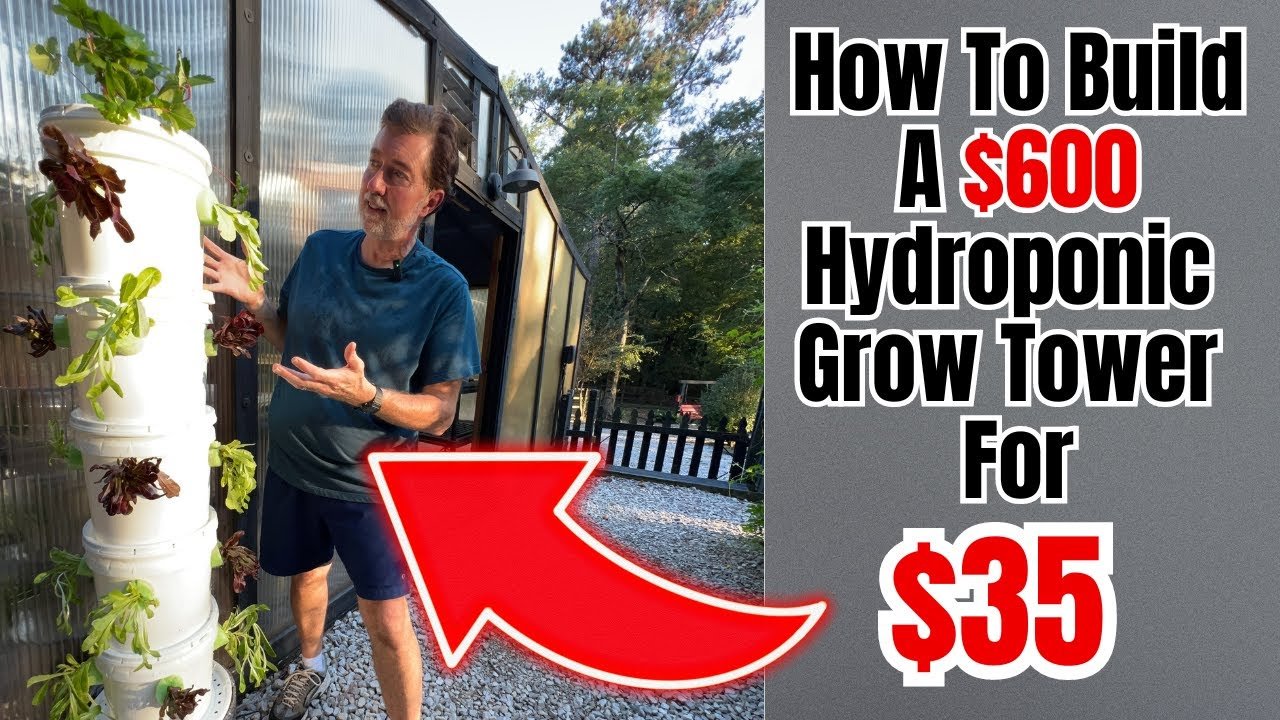
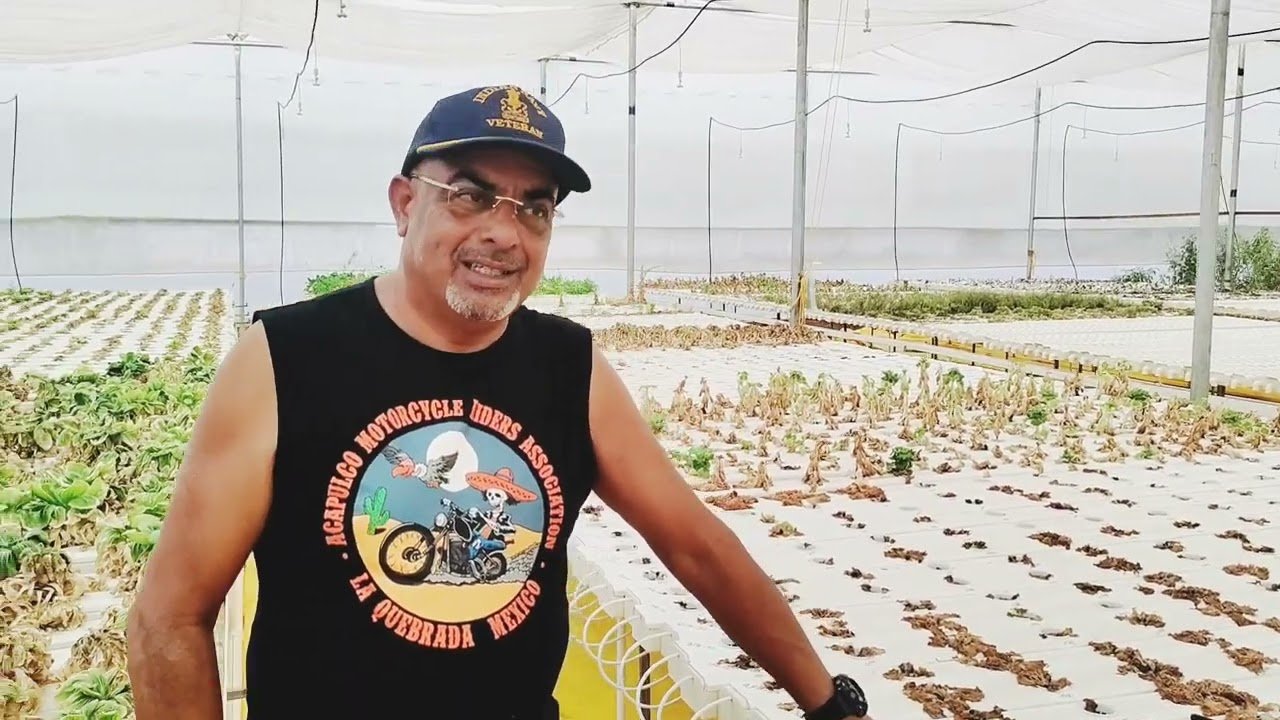
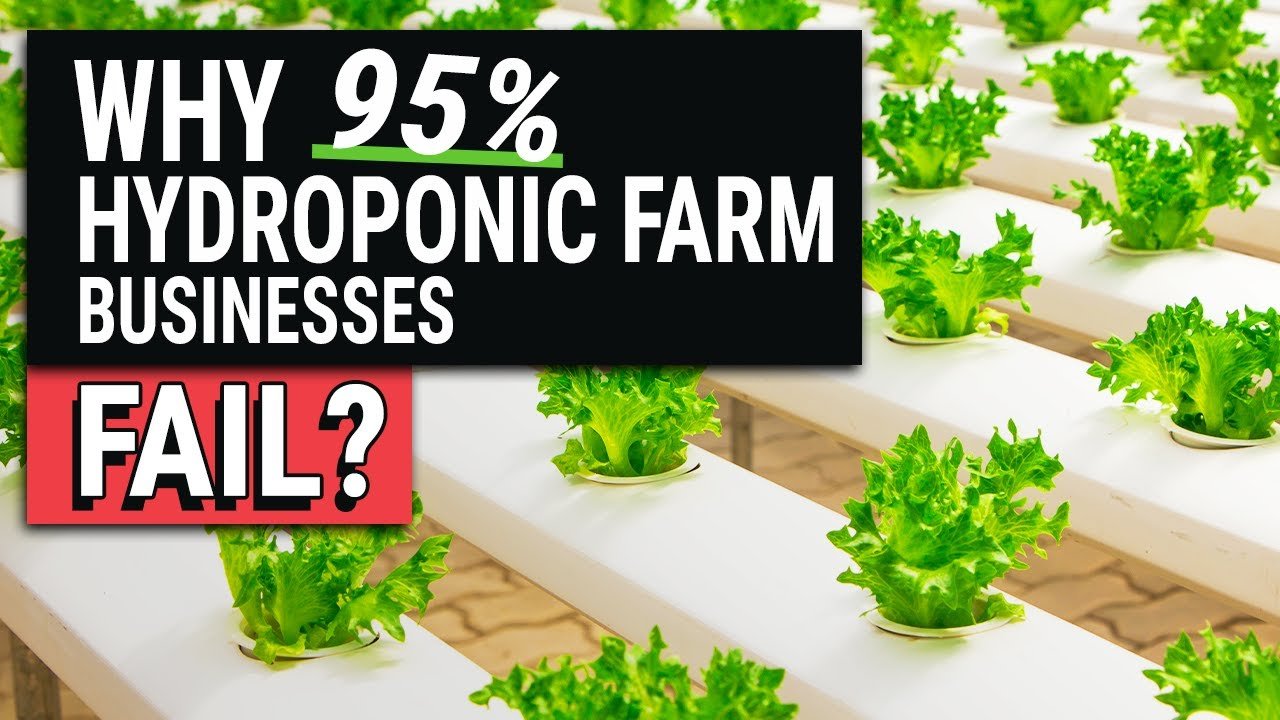

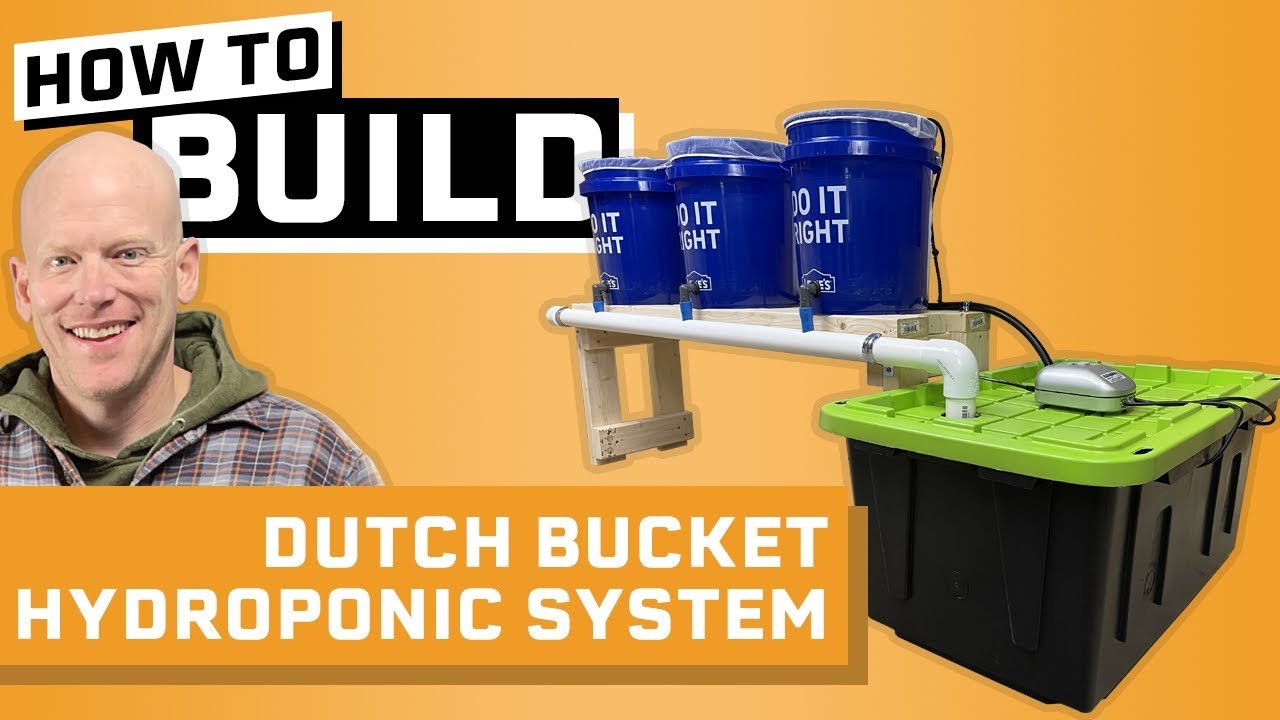
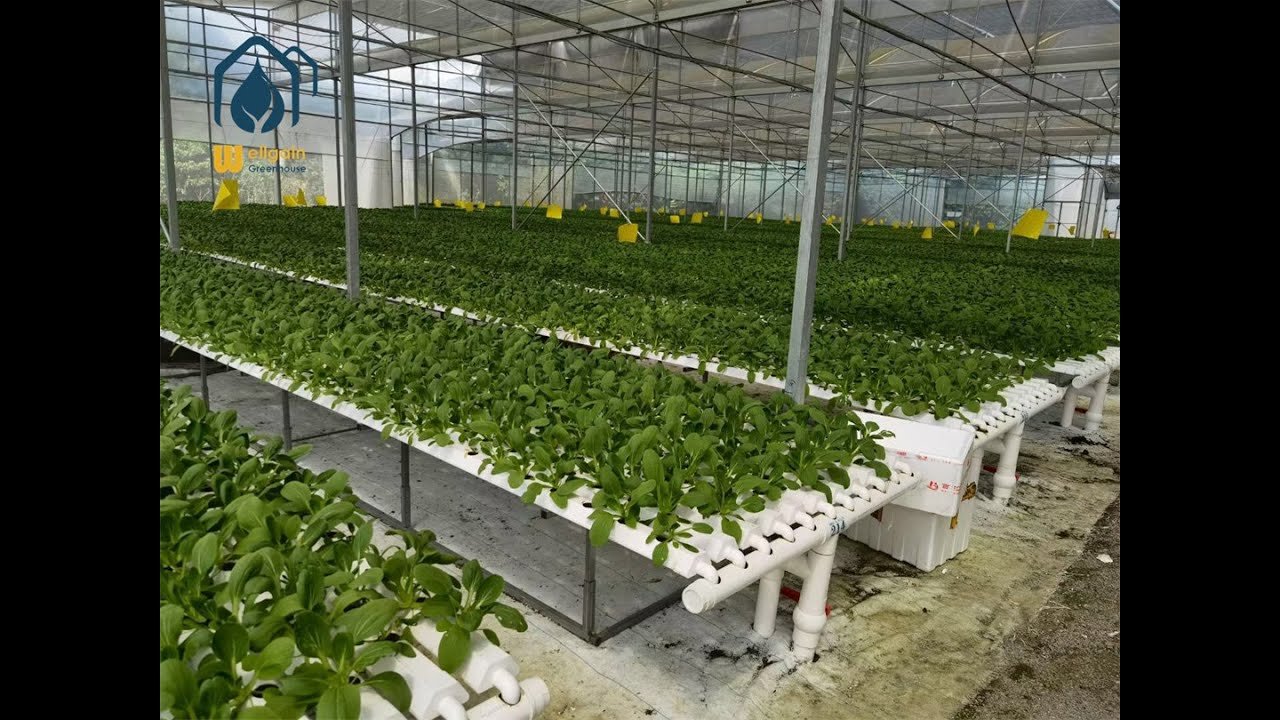
Leave a Reply